Each energy meter used for billing must have a test output. An optical indication is mandatory. Beside this the meter can also have electrical test outputs (e.g. potential free contacts).
Today we only take care about the optical outputs.
Electromechanical meters have rotating disks with a black or red mark. Electronic meters have a flashing pulse diode.
In modern meter test equipments the optical output is detected by a scanning head. Typically the scanning head can pick up pulses from electromechanical- and from electronic meters.
Avoid solar radiation and rapid changes in the environmental illumination. This can cause false pulses and will spoil the meter test.
Click on START and watch the animation.
Scanning of Electromechanical Meters
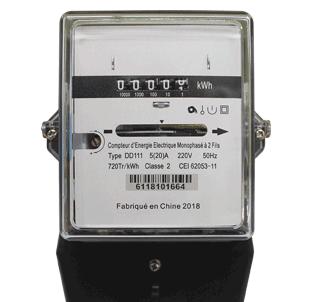
Electromechanical (Ferraris) meters have a aluminium disk viewable in a window. The rotation speed of this disk is related to the actual power. The scanning head emits lights (a) which is reflected once the disk-mark passes the centre of the meter window. A light sensitive detector (b) picks up the light and converts it into an electronic pulse.
To adjust the contrast the scanning head sensitivity can be changed with a potentiometer. Once the scanning head is adjusted, it flashes on the rear side (c) simultaneous.
Scanning of Electronic Meters
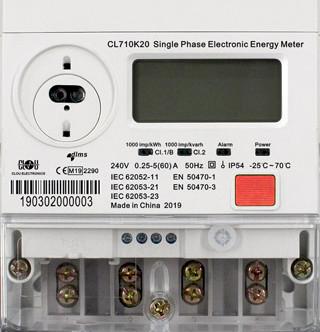
Electronics meters have one or more LEDs for test output.
To test this meters the scanning head lights (a) should be switched off.
The scanning head is adjusted once the feedback LED (c) is flashing correspondent to the test LED.
Pulse Processing
Once the scanning head is adjusted, it forwards the pulses to an error calculator. This is done by wire or wireless (CLOU development). How this works we'll see in a separate post.
Rotating- or Flashing Speed
Each test output has a meter constant. This constant gives us the energy related to one revolution respective one pulse. A pulse is in our case the gap between two consecutive flashes of the test diode.
You can use the pulse calculator to figure out the rotating/flashing speed in relation to different parameters.
Thank you for reading.
Editor's note: This article was originally published in December 2019 and has been updated for comprehensiveness.

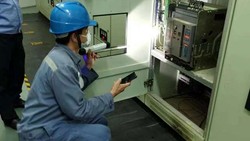
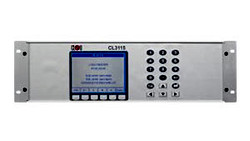
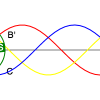
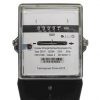
Can the speed of flashing is there a possibility of the scanning head not being able to detect hence causing the meter to fail on accuracy
For programmable transformer operated meters it can happen that the flashing frequency exceeds the 2.5 kHz (see IEC62052-11). If your test equipment shows a fail on high loads while low loads show PASS, you can
– use the test output at the meter terminal together with the pulse input terminals at your error calculator
– set the meter constant to a lower rate (if the meter manufacturer provides this software solution)
– make a register test and evaluate the reference standard energy vs. the meter counter increment
A register test is also useful to verify that the meter is working.
Thank you for reading our blog and for the interesting question.